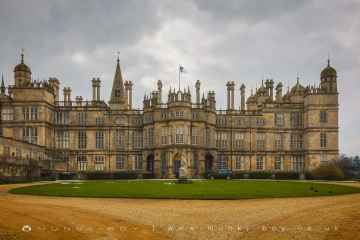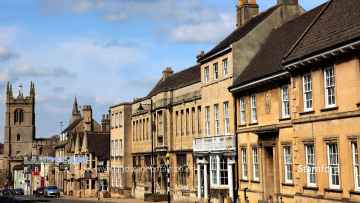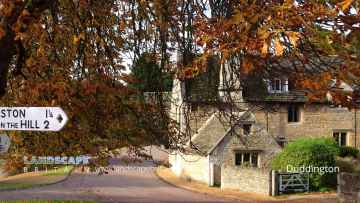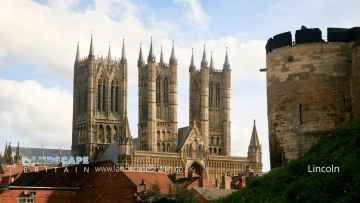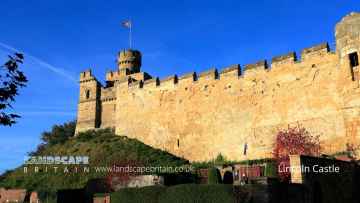Crowle
Crowle is a Town in the county of Lincolnshire.
Crowle postcode: DN17 4HN
There are great places to visit near Crowle including some great historic buildings, airports, towns, villages, cities and castles.
Burghley House, and Lincoln Castle are some of Crowle best historic buildings to visit near Crowle.
There are a number of airports near to Crowle including Humberside Airport.
Stamford is one of Crowle's best, nearby towns to visit in Crowle.
Places near Crowle feature a number of interesting villages including Duddington.
Places near Crowle feature a number of interesting cities including Lincoln.
Places near Crowle feature a number of interesting castles including Lincoln Castle.
Crowle History
There are some historic monuments around Crowle:
Places to see near Crowle
History of Crowle
The top of Mill Hill was used for arable farming from at least Roman times onwards. Field walking conducted between 2002 and 2004 on the east side of Mill Hill suggests that the arable farming was conducted down towards the 5 m contour. Below this point, the land was too damp and used for pasture. Below about 4 m, very little pottery was found. The land was too difficult to work until the invention of the tractor. The town had thirty-one fisheries recorded in the Domesday Book of the late 11th century. The Domesday Book recorded: “Manor in Crule, Alwin had one oxgang less than six carucates to be taxed. Land to as many ploughs. Inland at Hubaldstorp. Now a certain Abbot of St. Germains in Selby has there under Geoffrey, one plough in the desmesne, and fifteen villanes and nineteen bordars, having seven ploughs, and thirty-one fisheries of thirty-one shillings. Thirty acres of meadow. There is a church, and wood and pasture one mile long and one mile broad. Value in King Edwards time £12, now £8. Tallaged at 40s.” At the Conquest 1066, Crowle was the most populous and valuable manor in the Isle of Axholme. The Lord Paramount Geoffrey de Wirce, kept a demesne (Area of land) in his own hands. A carucate, approximately 240 acres, is the amount of land that can be worked by a plough team in a year. There are eight oxen in a plough team, hence the oxgang 30 acres. The parish church building, dedicated to St Oswald, was built soon afterwards, with Norman architecture dating from the twelfth century evident in the south and west walls of the nave and the north wall of the chancel. Some earlier Saxon material was reused, including a decorated cross shaft, now located in the west bay of the nave arcade. The decoration includes serpents, two flying dragons, two figures in conversation, a third figure on horseback, and a runic inscription. The building was modified and partially rebuilt in subsequent centuries, including a major restoration in 1884 by A S Ellis of London, and is now a Grade I listed structure, in recognition of its architectural merit. Crowle developed into a market town in the twelfth and thirteenth centuries, with the support of the Abbot of Selby, and its first market charter was awarded in 1305. The economy was agricultural, and included hunting and fishing. The surrounding peat fens was grazed intensively during the summer months, and Crowle common was managed by four grass-men, who controlled the grazing and charged those who brought stock to the common from other areas. During the winter, the stock was kept on higher ground or in yards, as much of the grassland was flooded between November and May. This had a beneficial effect, as water-borne alluvium improved the fertility of the soil. The flooded areas also supported fishing and fowling.





